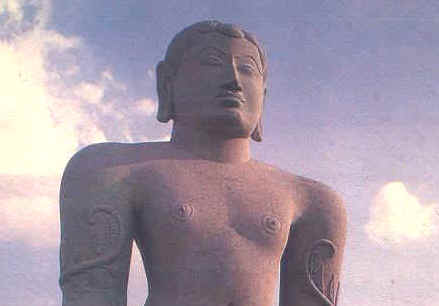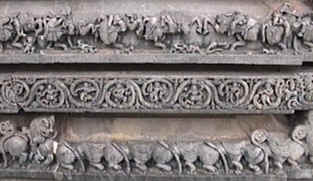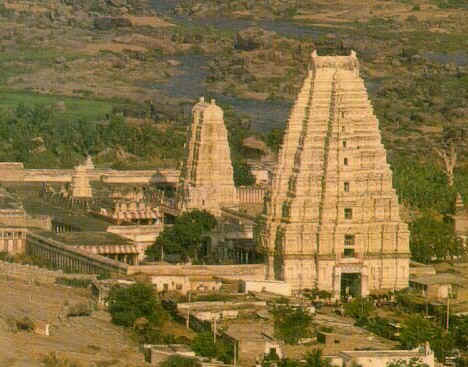Karnataka
has innumerable sites in the Temple Map of India, with its some of its still surviving
monuments going back to the 7th century CE. The Badami Chalukyas were the
builders of rock cut caves and ancient temple complexes. At Pattadakal,
there are Temples in the Dravidian style along with Temples in styles that were later
adopted in Eastern and Central India. The sculptural quality in these temples is
outstanding.
The subordinate rulers of
the Chalukyas were the Gangas and the Kadambas.
The colossal monolithic statue of Gomateswara was built by the Gangas in
the 10th century CE.

The Badami
Chalukyas were succeeded by the Rashtrakutas and the Kalyani
Chalukyas. In Southern Karnataka, the Hoysalas reigned supreme.
The Hoysalas (12th century CE) were great builders and they built great temples at Halebidu, Belur and Somanathapura.
The Hoysalas
built temples on raised complex star shaped platforms. This star shaped plan is carried
all the way from the platform to the shikhara. Horizontal bands of sculptural motifs and
monolithic pillars adorn these temples. There is a profusion of sculptural work in the
Hoysala style of temple building.

Also in Southern
Karnataka, are temples which benefited from the patronage of the Chola
rulers of Tamilnadu. A notable example is the Kolaramma temple at Kolar.
Next, the Vijayanagar
Empire founded in the 14th century CE marks the period of great Temple building activity
in Karnataka and these temples are characterized by the building of pillared mandapas and
lofty entrance towers. Vijayanagar temples have several of the features exhibited by the
temples of Tamilnadu, such as a covered pradakshinapatha (circumambulatory path) around
the sanctum, and a mahamandapam in front. The ornate pillars are a distinctive mark of the
Vijayanagar style.

Several of the monuments
in the capital Vijayanagar - now in ruins at Hampi are attributed to Harihara
II, Sadasiva and Krishna Deva Raya. The
Vijayanagar Empire was destroyed by the Deccan Sultanates in the 16th century and the
ruins can be seen at Hampi.
The Mysore
Maharajas (Wodeyars) who ruled from around 1400 CE through the British period,
with the brief lapse during Tipu Sultans rule, have also made
contributions to temples in this State, the Chamundeswari
temple near Mysore being a point in illustration.
The temples of the
southern coastal/ghat region of Karnataka (such as Kollur) are
markedly different in architectural styles and they resemble the Keralite temples to a larger extent.
